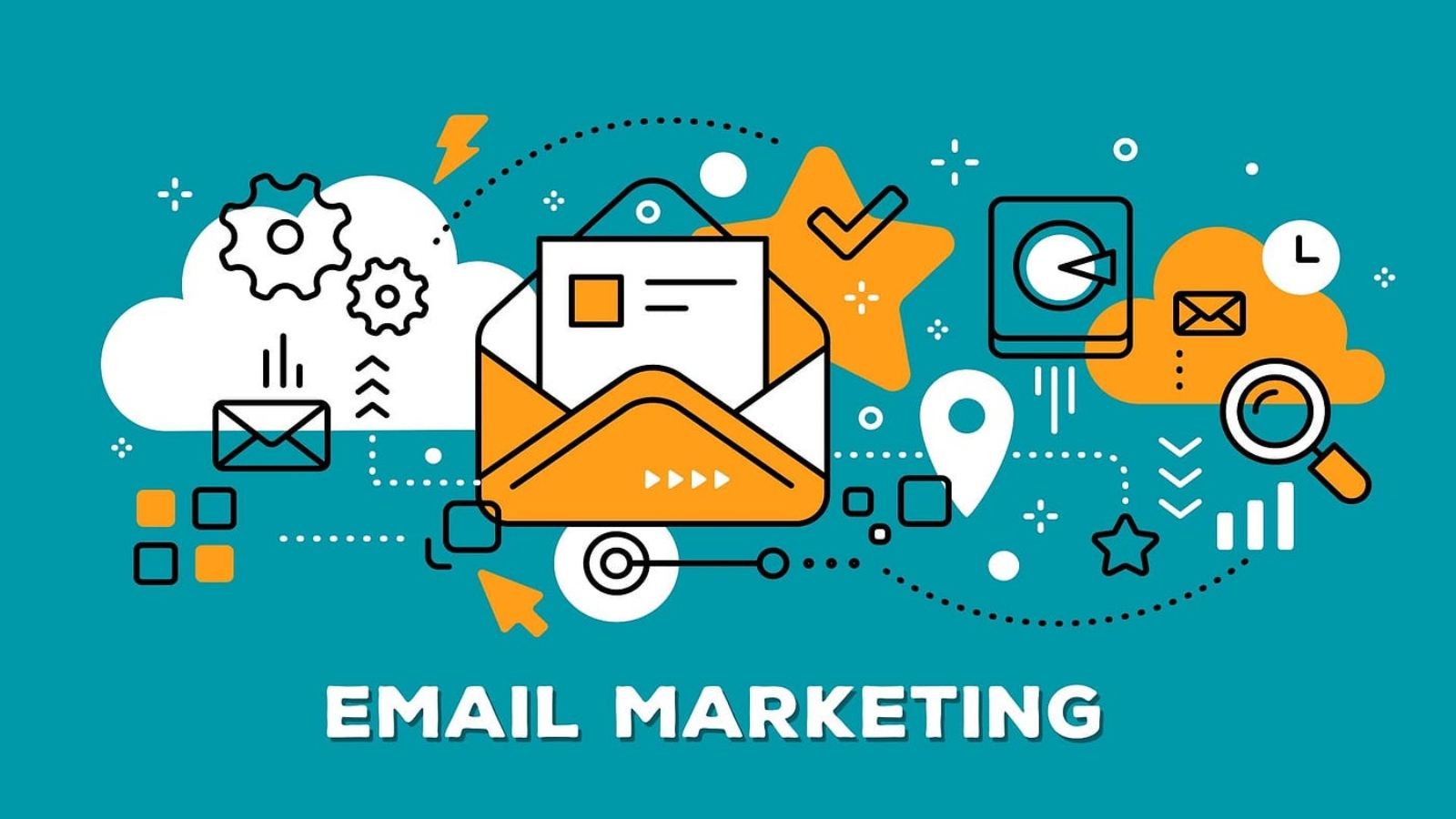Introduction
Email marketing remains one of the most effective channels for engaging with customers and driving conversions. However, its full potential is realized when integrated with other marketing tools. This integration ensures a unified approach, leveraging data and insights across various platforms to enhance the effectiveness of your campaigns. This article explores the benefits of integrating email marketing with other marketing tools and provides a detailed guide on how to achieve seamless integration.
The Benefits of Integration
1. Unified Customer View
Integrating email marketing with CRM systems, analytics tools, and other platforms allows you to maintain a unified view of your customer data. This comprehensive view helps in understanding customer behavior, preferences, and interactions across various touchpoints.
2. Improved Personalization
With access to detailed customer data from multiple sources, you can create highly personalized email campaigns. This increases engagement rates and conversion opportunities as emails are tailored to the recipient’s interests and behaviors.
3. Enhanced Automation
Combining email marketing with automation tools allows you to streamline workflows and create automated email sequences based on customer actions. For instance, automated welcome series, cart abandonment reminders, and re-engagement campaigns can be set up to nurture leads and drive sales.
4. Better Analytics and Reporting
Integration facilitates comprehensive analytics and reporting by consolidating data from different marketing tools. This helps in tracking the performance of your email campaigns in relation to other marketing efforts and optimizing your strategy based on holistic insights.
5. Streamlined Workflows
Integrating email marketing with project management tools and content management systems (CMS) ensures that your team works efficiently. Campaigns can be planned, executed, and monitored within a unified environment, reducing the chances of miscommunication and errors.
Key Marketing Tools to Integrate with Email Marketing
1. Customer Relationship Management (CRM) Systems
Why Integrate? Integrating email marketing with CRM systems allows you to use customer data for targeted campaigns. CRM systems store detailed information about customer interactions, preferences, and history, which can be leveraged to create highly relevant email content.
How to Integrate:
- Data Synchronization: Ensure that customer data from your CRM system is synced with your email marketing platform. This includes contact details, purchase history, and interaction records.
- Segmentation: Use CRM data to segment your email lists based on customer behavior, demographics, and purchase history.
- Personalization: Leverage CRM insights to personalize email content and automate follow-up emails based on customer actions.
2. Analytics and Reporting Tools
Why Integrate? Integrating with analytics tools provides deeper insights into how your email campaigns are performing in the context of overall marketing efforts. This helps in understanding customer behavior and optimizing campaigns for better results.
How to Integrate:
- Tracking Pixels: Implement tracking pixels or UTM parameters in your email campaigns to track user interactions and conversions in your analytics tools.
- Dashboard Integration: Create custom dashboards that combine email marketing metrics with data from other channels for a comprehensive view of your marketing performance.
- A/B Testing: Use analytics tools to conduct A/B testing on your email campaigns and analyze results to improve future campaigns.
3. Marketing Automation Platforms
Why Integrate? Marketing automation platforms enable you to automate various aspects of your email marketing strategy, from lead nurturing to customer re-engagement. Integration ensures that these automated processes are aligned with your overall marketing goals.
How to Integrate:
- Workflow Automation: Set up automated workflows that trigger email campaigns based on specific customer actions or time-based triggers.
- Lead Scoring: Use automation to assign lead scores based on customer interactions and behaviors, and tailor your email campaigns accordingly.
- Cross-Channel Automation: Integrate email marketing automation with other channels such as social media and SMS to create cohesive, multi-channel campaigns.
4. Content Management Systems (CMS)
Why Integrate? CMS integration allows for seamless content updates and management across your email campaigns and website. This ensures consistency in branding and messaging, and simplifies the process of including dynamic content in your emails.
How to Integrate:
- Dynamic Content: Use CMS data to include dynamic content in your emails, such as blog updates, product recommendations, and event promotions.
- List Management: Sync email subscriber lists with your CMS to ensure that content and subscriber data are up-to-date.
- Campaign Integration: Integrate email marketing tools with your CMS to automate the promotion of new content and updates.
5. Social Media Management Tools
Why Integrate? Integrating email marketing with social media management tools allows for a synchronized approach to marketing efforts. You can cross-promote content, track social interactions, and align email campaigns with social media activities.
How to Integrate:
- Social Sharing: Include social sharing buttons in your emails to encourage recipients to share your content on social media.
- Cross-Promotion: Use social media insights to inform your email content and vice versa. For example, promote your latest email campaign on social media and use social media engagement data to tailor your email content.
- Analytics Integration: Track social media engagement metrics alongside email performance data to gain a holistic view of your marketing efforts.
6. E-commerce Platforms
Why Integrate? For e-commerce businesses, integrating email marketing with e-commerce platforms helps in personalizing product recommendations, automating cart abandonment emails, and tracking purchase behavior.
How to Integrate:
- Product Recommendations: Use purchase history and browsing data from your e-commerce platform to include personalized product recommendations in your emails.
- Cart Abandonment: Set up automated cart abandonment emails that remind customers of items left in their cart and offer incentives to complete their purchase.
- Transactional Emails: Integrate with e-commerce systems to send order confirmations, shipping notifications, and post-purchase follow-ups.
Best Practices for Integration
1. Data Privacy and Compliance
Ensure that all integrations comply with data privacy regulations such as GDPR, CCPA, and CAN-SPAM. Implement robust data protection measures and obtain explicit consent from users before collecting and using their data.
2. Consistent Branding
Maintain consistent branding and messaging across all integrated platforms. This ensures a cohesive customer experience and reinforces your brand identity.
3. Regular Testing and Optimization
Regularly test and optimize your integrations to ensure they are functioning correctly. Monitor performance metrics and make adjustments based on data-driven insights.
4. Training and Support
Provide training and support to your team on how to use integrated tools effectively. Ensure that everyone is familiar with the workflows and processes to maximize the benefits of integration.
5. Documentation and Communication
Document your integration processes and maintain clear communication between teams involved in managing different tools. This helps in troubleshooting issues and ensuring smooth operations.
Conclusion
Integrating email marketing with other marketing tools is essential for creating a comprehensive and effective marketing strategy. By leveraging customer data, automating processes, and maintaining consistent messaging, you can enhance the effectiveness of your email campaigns and achieve better results. Follow the best practices outlined in this guide to ensure successful integration and drive your marketing efforts to new heights.

